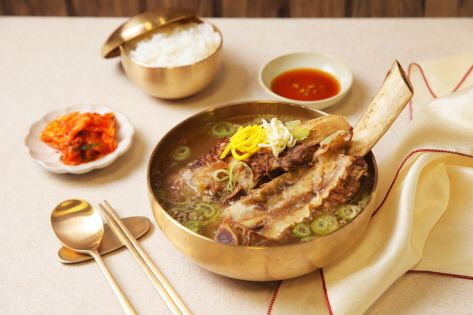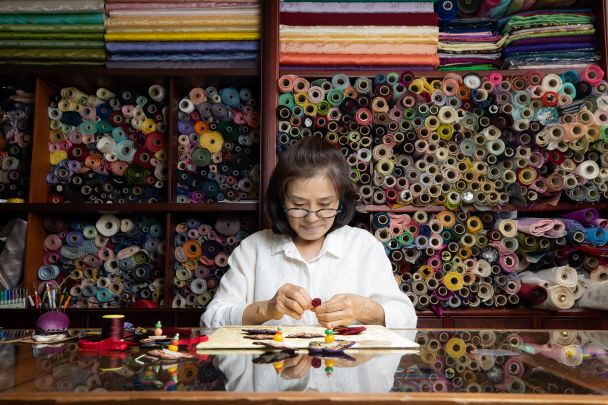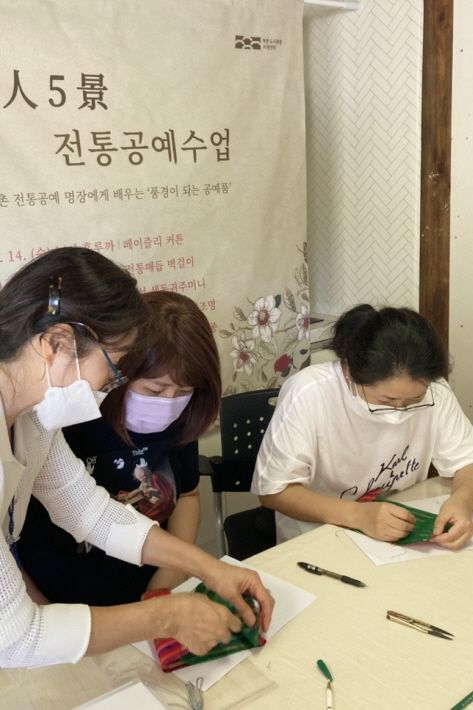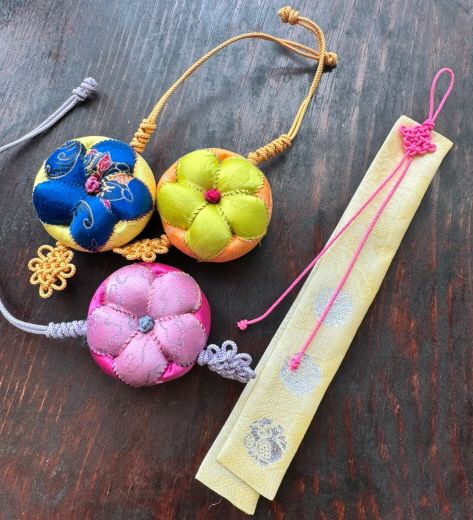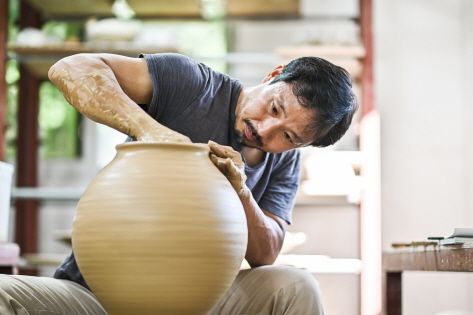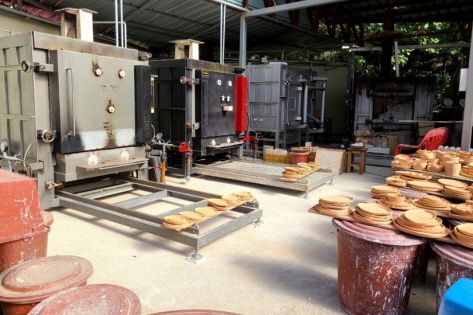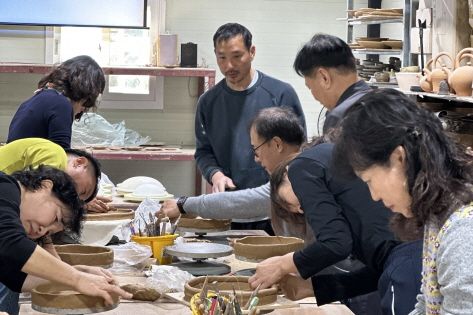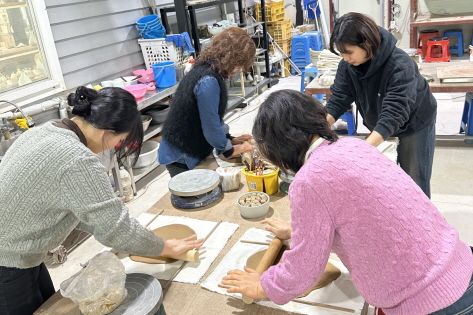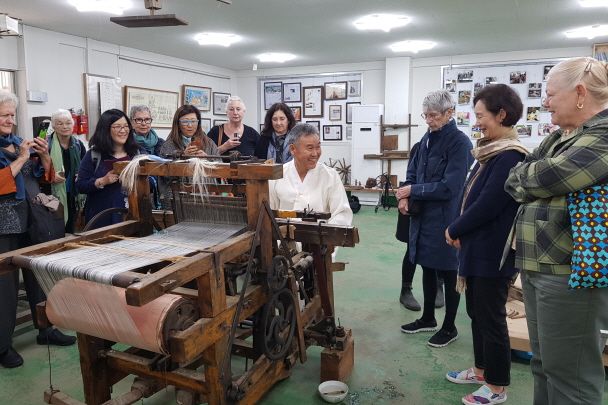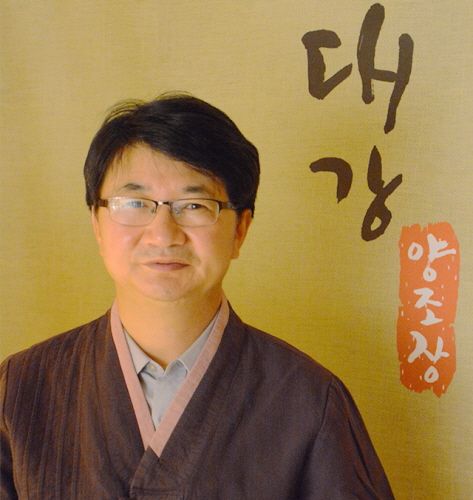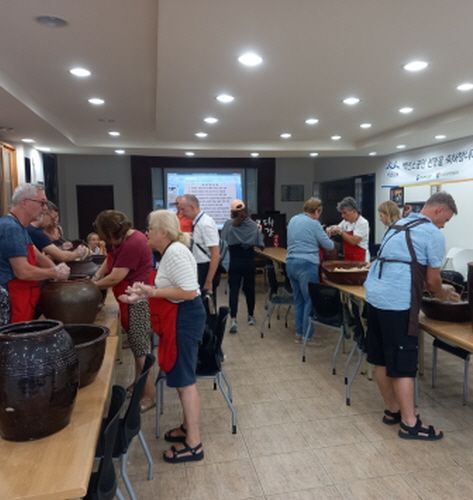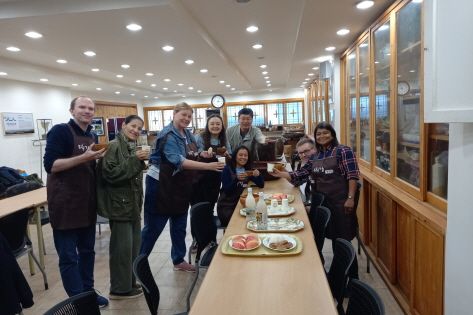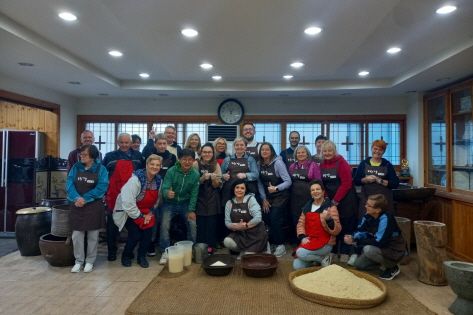- Log in
-
- Sydney Overseas Office
- London Overseas Office
- Paris Overseas Office
- Toronto Overseas Office
- Los Angeles Overseas Office
- New York Overseas Office
- Ulaanbaatar Overseas Office
- Istanbul Overseas Office
- Dubai Overseas Office
- New Delhi Overseas Office
- Manila Overseas Office
- Jakarta Overseas Office
- Hanoi Overseas Office
- Kuala Lumpur Overseas Office
- Singapore Overseas Office
- Bangkok Overseas Office
- Map
- Sydney Overseas Office
- London Overseas Office
- Paris Overseas Office
- Toronto Overseas Office
- Los Angeles Overseas Office
- New York Overseas Office
- Ulaanbaatar Overseas Office
- Istanbul Overseas Office
- Dubai Overseas Office
- New Delhi Overseas Office
- Manila Overseas Office
- Jakarta Overseas Office
- Hanoi Overseas Office
- Kuala Lumpur Overseas Office
- Singapore Overseas Office
- Bangkok Overseas Office
Travel Highlights
-
-
-
Learn Korean Traditions and Flavors from the Masters
-
09/24/2024
1.3K
-
1
6
-
-
Korea_Tourism
Korea_Traditional_Culture
hanbok
experience_program
pottery_experience
-
-
-
Tourist programs increasingly offer encounters with a country’s history and traditions. With a growing interest in experiencing Korea’s rich heritage, more opportunities are emerging across the country to explore different facets of its traditional culture. These particular locations allow you to learn from four masters recognized as “Master Small Manufacturers” by the Korean government, offering a unique chance to understand what makes Korean traditions and flavors so special. Through these programs, led by the masters in their workshops, you can become a master for a day.
Dangchomoon
Handcrafting traditional accessories and learning needlework yourself
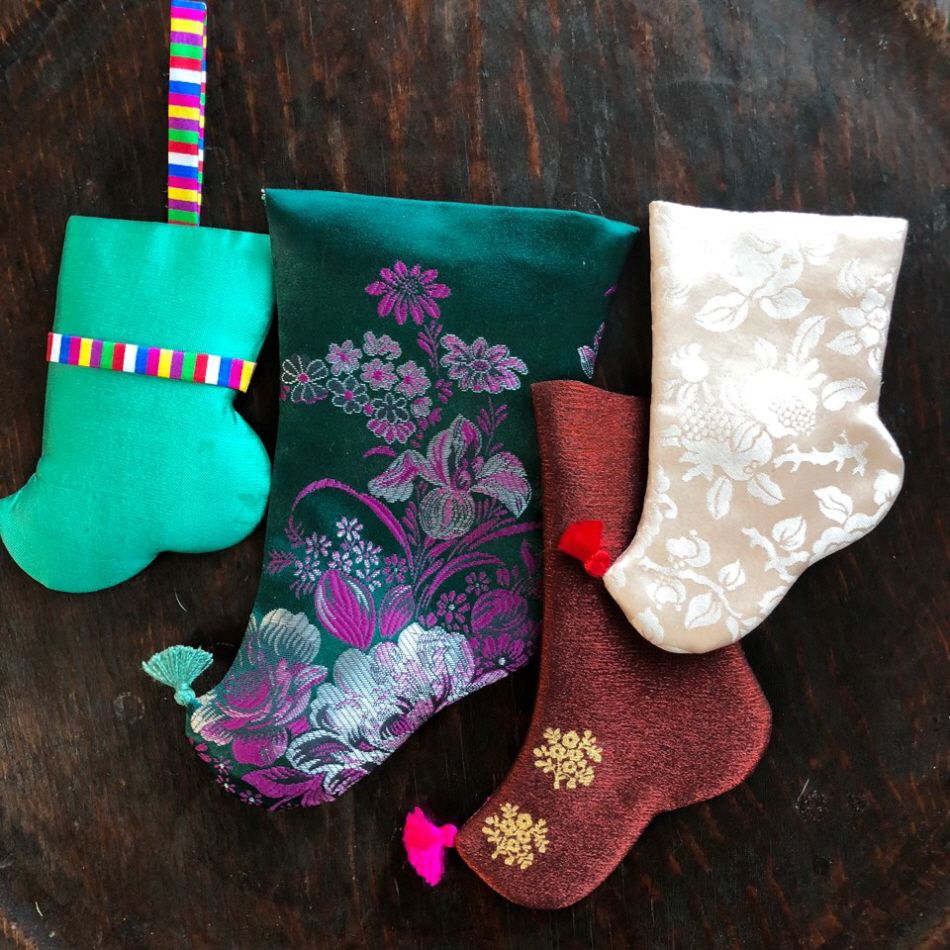
Location | 5 minutes by car from Anguk Station (Seoul Subway Line 3)
Introduction | Dangchomoon is a workshop run by master Kim Inja, who has been working with hanbok for nearly 40 years. Kim creates and restores Joseon-era hanbok and accessories using historic documents, while adding a contemporary twist. Her work is driven by the pride of seeing people worldwide fascinated by hanbok at exhibition events. She offers experience programs that showcase the beauty of Korean culture and hanbok to visitors.
Experience program |The chimseon (needlework) experience program includes activities such as saekdong eyeglass case-making, two types of pouch-making (gwijumeoni and durujumeoni), pincushion and bookmark-making, cotton towel crafting, and miniature beoseon (traditional socks) making. Each program lasts about two hours and is suitable for beginners. The items created, like the pouches and miniature beoseon, are practical and can be used in daily life, such as decorating bags or making scented sachets. The most popular experience is the hanbok program, where you can learn the steps and techniques to properly wear each item. Don’t forget to take pictures in the lush courtyard of Dangchomoon.
Tips | Experience programs are offered for groups of three or more with a reservation. You can reserve your visit via telephone (+82-2-765-4333) or Instagram DM.
Address: 65-6 Samcheong-ro 9-gil, Jongno-gu, Seoul (서울특별시 종로구 삼청로9길 65-6)
Operating hours: Monday – Saturday 09:30–18:30 / Closed Sundays
Website: blog.naver.com/dangchomoon / Instagram: @dangchomoonBonggangyo
Korean beauty, fired with care: pottery experience
Location | 25 minutes by car from Jeonju Hanok Village
Introduction | Bonggangyo is a ceramic cultural space created by master Jin Joung-wook. Originally his atelier, it has been transformed into a cultural space that promotes the beauty of Korean pottery. Nestled deep in the mountains, where the culture and history of pottery coexist with nature, visitors can reconnect with the natural world by working with clay in this serene environment. In the exhibition hall, you can enjoy a cup of coffee or tea while browsing works created with traditional stamping (inhwa) techniques and pieces that incorporate contemporary imagery.
Experience program | Bonggangyo offers various programs, including a hand-building experience where you can use your hands to create plates, accessories, and other items. This is the most basic process of pottery, allowing you to exercise your creativity to craft your own unique ceramic pieces. Another program available is the pottery wheel experience, where you use an electric pottery wheel to create cups, plates, or flower vases based on set patterns. While it may be somewhat difficult for beginners, once you’ve learned the fundamentals, you can complete your project with ease, guided by the master’s demonstration. Since ceramics take time to fire, Bonggangyo offers international delivery services. If you’d like to take a souvenir home on the day of your experience, you can opt for drawing on pre-made ceramic pieces.
Tips| You can make your reservation via Instagram DM or by texting +82-10-9437-9874.
Address: 75-14 Wibong-gil, Soyang-myeon, Wanju-gun, Jeonbuk-do (전북특별자치도 완주군 소양면 위봉길 75-14)
Operating hours: 10:00–18:00
Instagram: @bonggangyoHeossibidan
Rustic, yet elegant: traditional silk weaving
Location | 20 minutes by car from Sangju Bus Terminal or 10 minutes on foot from Hamchang Station
Introduction | Sangju is renowned for its rice, silkworms, and dried persimmons. Heossibidan, or Heo’s Silk, is managed by Master Heo Ho, the fifth generation descendant in a family of traditional silk fabric makers. With the growing interest in natural fabrics, Heossibidan also produces practical items like shrouds, baby shirts, scarves, and bags. Heossibidan’s scarves and fabrics are distinguished by their unique tradition, particularly their patented persimmon-dyed color.
Experience | Heossibidan offers a blend of exhibition and hands-on experience. You can first learn how silk is harvested from silkworms before interacting with the silk yourself. The exhibition begins at the mulberry field and takes you to the jamsil, a sericulture room where silkworms are raised and nurtured according to tradition. After experiencing weaving on a traditional loom, you’ll visit the modern production facility powered by electricity. The most popular activity here is silk scarf-making, using Heossibidan‘s patented persimmon dyeing technique. You can even take your handmade silk scarf home. The program concludes with a talk about Heo Ho’s life story over a cup of mulberry tea.
Tips | Experience programs require telephone reservations (+82-10-3811-3730). International visitors can also make reservations via email ([email protected]).
Address: 19 Eopung-ro, Hamchang-eup, Sangju-si, Gyeongsangbuk-do (경상북도 상주시 함창읍 어풍로 19)
Operating hours: Monday – Friday 07:30–18:00 / Saturday 07:30–13:00 / Closed Sundays
Website: www.함창명주.kr / Instagram: @heossibidanDaegang Brewery
Traditional Korean liquor makgeolli-making experience in Danyang’s beautiful nature
Location | 10 minutes by car from Danyang Station
Introduction | Daegang Brewery has preserved the traditional method of making makgeolli (unrefined rice wine). Unlike most other breweries, Daegang Brewery uses wheat culture instead of rice nuruk (yeast culture). This is because, traditionally, wheat was commonly used in makgeolli production. Sobaeksan Makgeolli, brewed by Daegang Brewery, is even delivered to the presidential residence, earning it the nickname “the President’s Makgeolli.”
Experience | The experience program is led by Cho Jaegu, the fourth-generation heir to the family business. The program begins with a lecture on traditional Korean liquor and the history of Daegang Brewery. Participants are then organized into groups of 3 or 4 to make the liquor using rice from Chungcheongbuk-do, water from Sobaeksan Mountain, pine leaves, and nuruk culture. The makgeolli is filtered through a sieve, completing the hands-on experience. Participants can then sample the makgeolli alongside food provided by the brewery and take their makgeolli home. During the tasting session, you can also compare Daegang Brewery’s makgeolli with those made by other breweries.
Tips | Reservations can be made through the website or by calling +82-43-422-0077. Experience programs for international visitors are available on Saturdays. If you wish to visit on a weekday, please inquire with the brewery beforehand.
Address: 60 Daegang-ro, Daegang-myeon, Danyang-gun, Chungcheongbuk-do (충청북도 단양군 대강면 대강로 60)
Operating hours: 10:00–22:00
Website: www.krwine.com- 1330 Korea Travel Helpline: +82-2-1330
- 1330 Text Chat: https://m.site.naver.com/1rEid
- (Korean, English, Japanese, Chinese, Russian, Vietnamese, Thai, Indonesian)
* This column was last updated in September 2024, and therefore information may differ from what is presented here. We advise you to check details before visiting.
-
-


